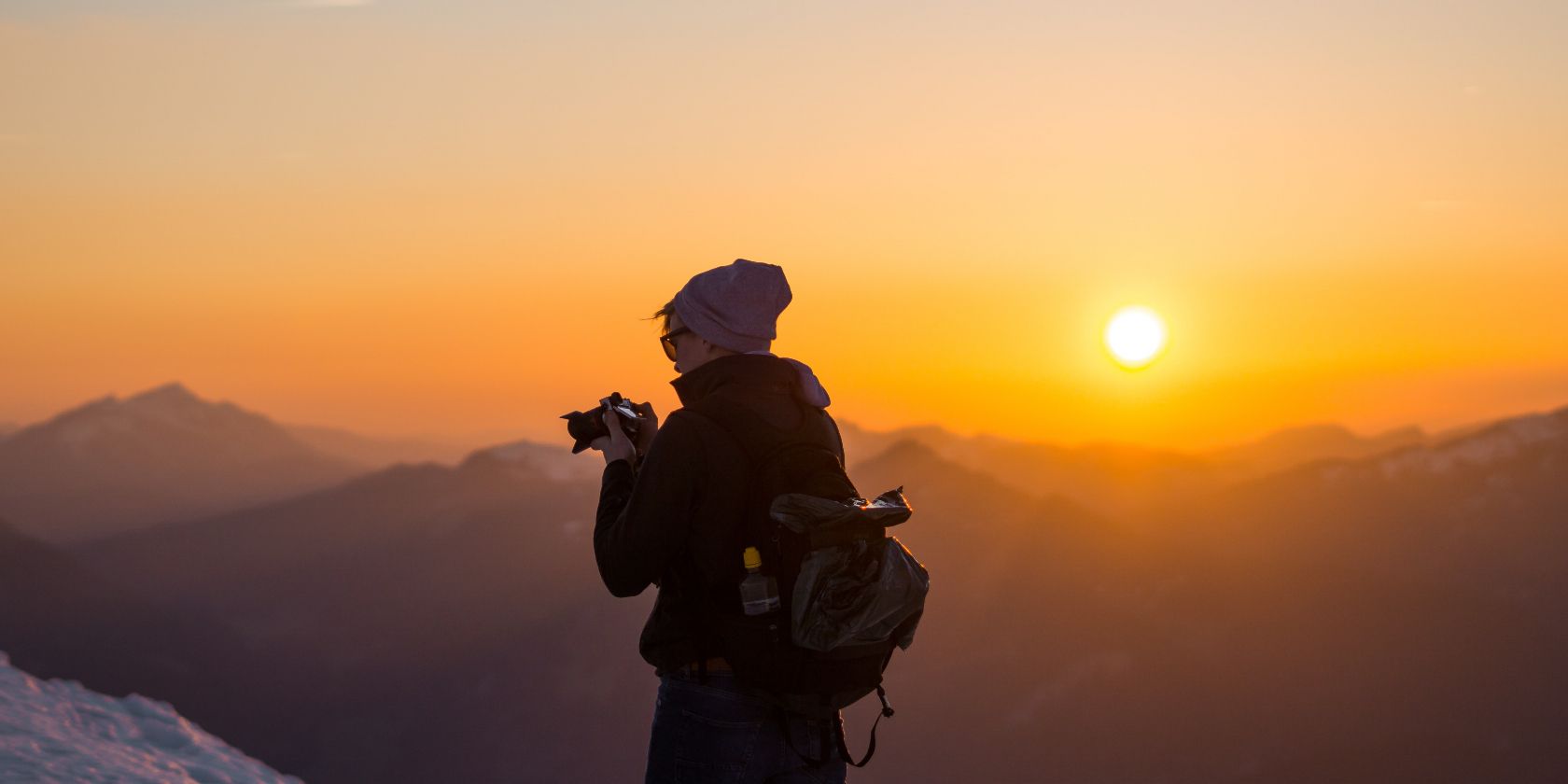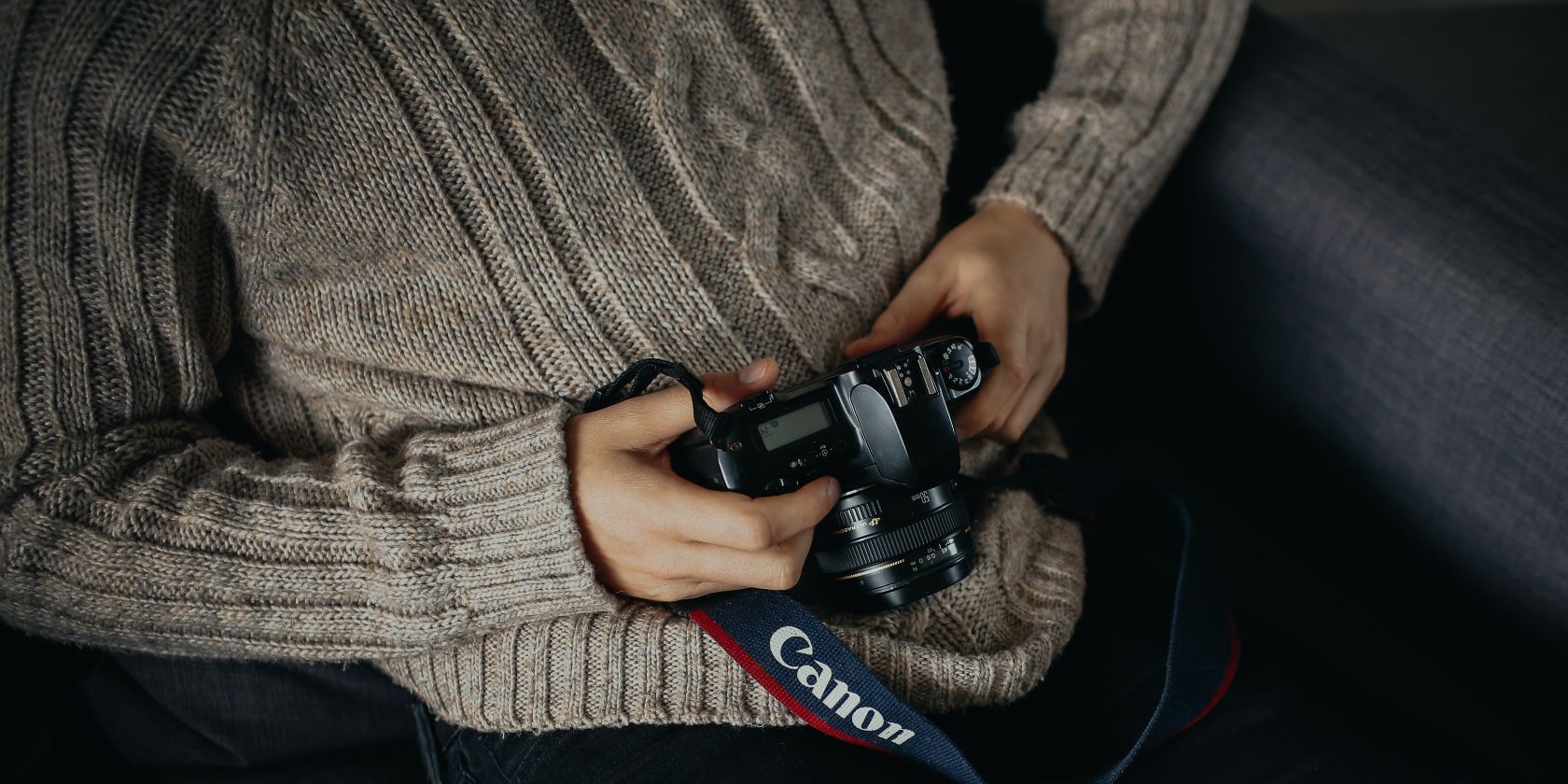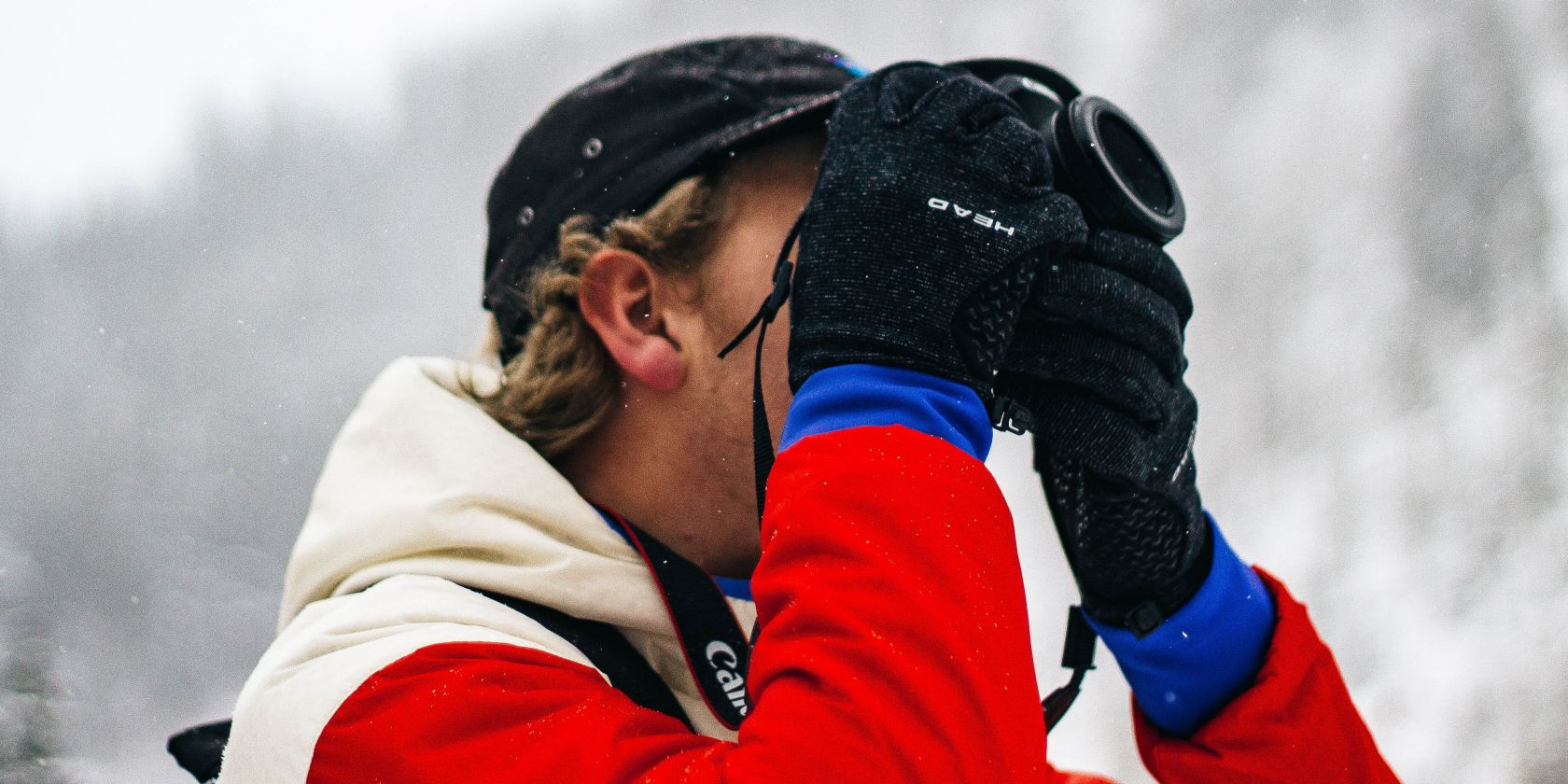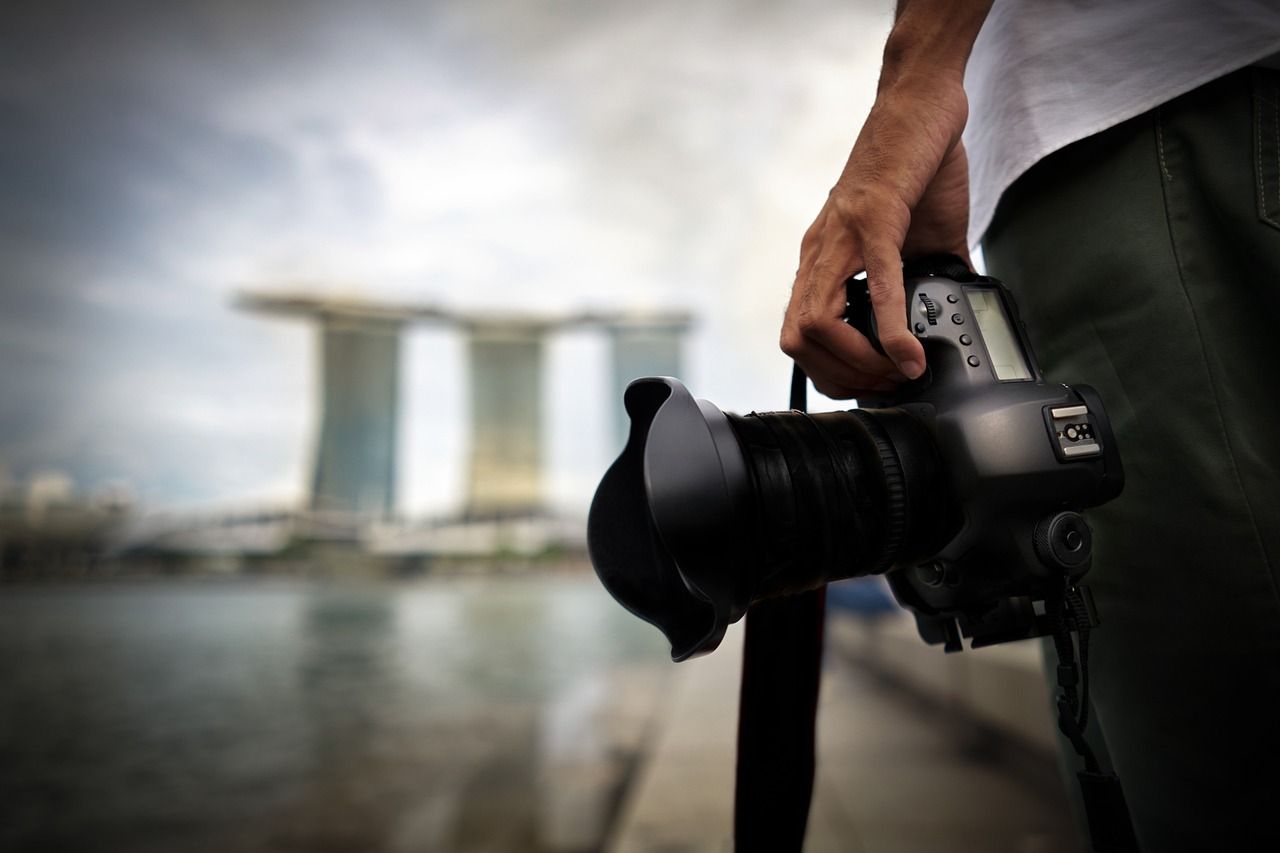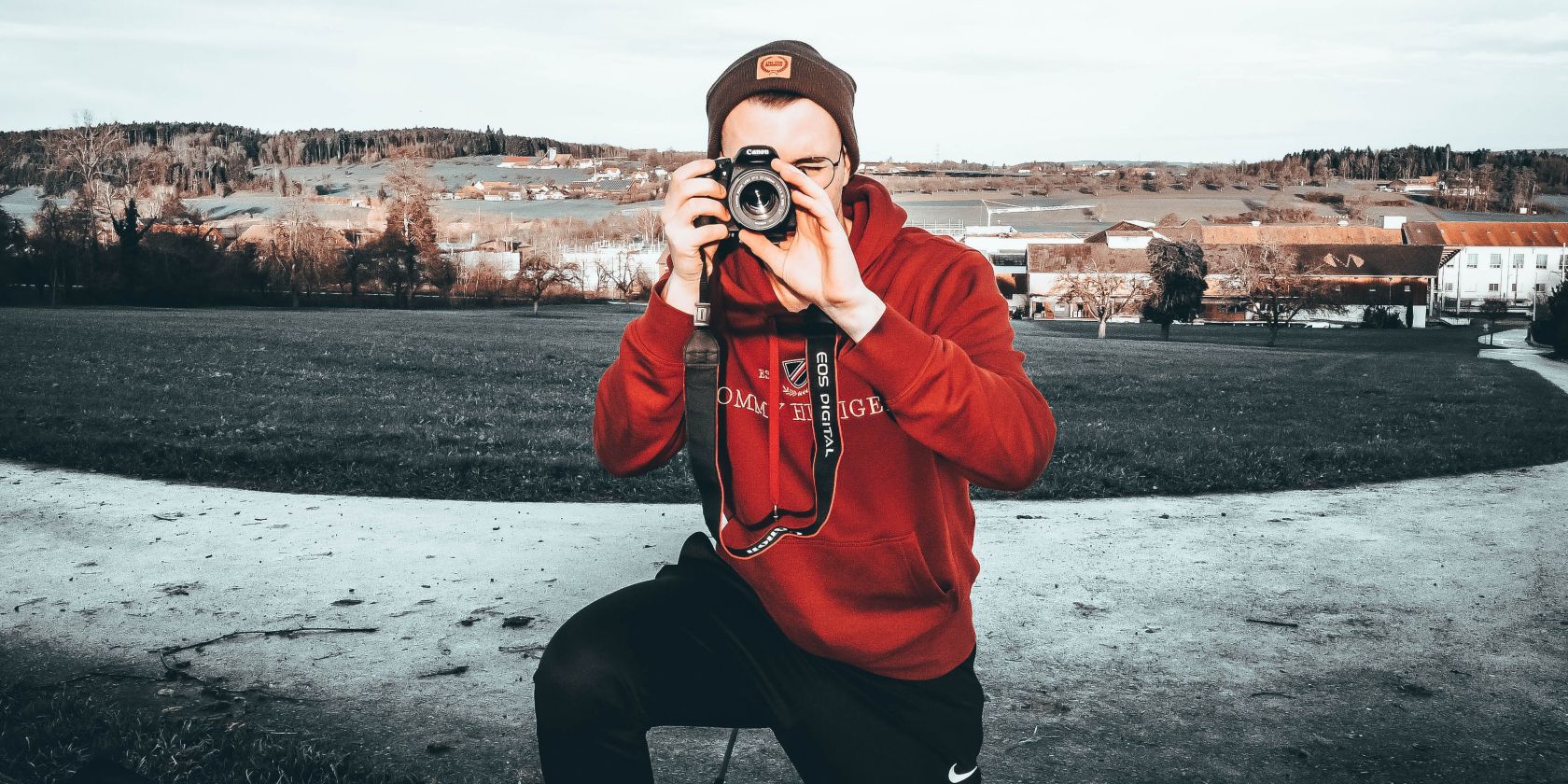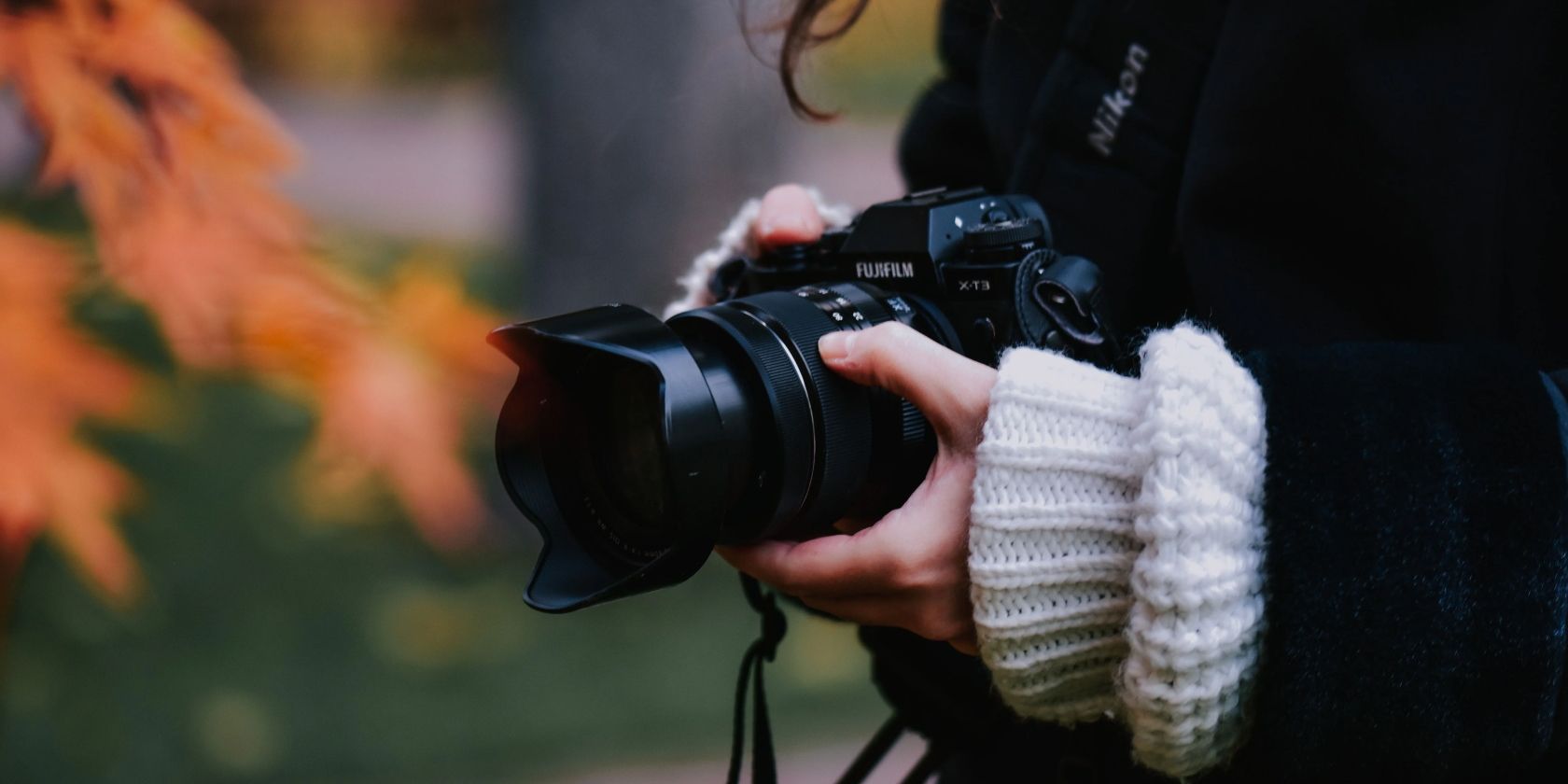Many people have the misconception that taking amazing photos is as simple as pointing your camera at something that looks nice before clicking the button. But as anyone who has spent a significant amount of time in the photography space will tell you, it's a little more complex than that.
A lot can go wrong when you take photos, and often, it's simple things—such as moving your camera while capturing a shot. The good news, however, is that you've got a lot of control when learning how to take great pictures.
If you want to learn how to take a great photo, you're in the right place.
1. Create the Right Amount of Distance Between Yourself and Your Subject
Ideally, you'll have a lens with the ideal focal length for your photos—regardless of whether that's a prime or zoom lens. But that isn't always possible, and you'll need to think about alternative options when you're caught out.
If you don't have the best lens when taking a photo, the next best option is to move physically.
You can move closer to your subject if you have enough space and you're not putting yourself at risk. That might mean taking a few steps, but it could also require walking to the next block.
Similarly, try to step back if you're too close. You can also try leaning back or finding a different vantage point.
2. Focus on Textures
Focusing on textures is one of the fundamental photography skills you should learn. In many instances, you can dramatically improve your images by making them feel more realistic; one example is taking a close-up of your sweater or another textured material.
You can also create interesting images by doing the opposite. For example, taking photos in foggy conditions might make your photo look softer and dreamier.
You'll need to judge which works best for you, and your choices will likely differ depending on the scenario.
3. Use Color Theory
Have you ever looked at a photo and wondered why you're so drawn to it, even if you feel like the story isn't very intriguing? In some cases, the photographer might have implemented color theory.
Color theory is complex but can really elevate your work. Essentially, it refers to which colors work best with one another. For example, green and red often complement each other quite well.
There are multiple ways to utilize color theory. Opposites will work occasionally, but you may also benefit from choosing shades of a similar color. Adobe Color is a free tool you can use if you need help figuring out where to start.
4. Understand the Story You're Trying to Tell
When first starting as a photographer, you should take as many photos as possible. And as you go along, you should seek to learn as much as possible. But as you become better at your craft, you'll want to start focusing more on the story behind each shot.
The saying "a picture is worth a thousand words" is clichéd, but it also has an element of truth. Examples of stories you can tell through images include the life of a city you live in or the joy when a sports team scores.
You don't need to tell your story in one photo; a series of images can help you get your point across.
5. Narrow Down Your Subjects
While you need to consider what you want to include in your photos, doing so is a bit daunting if you've got many good potential subjects. In these instances, a better approach is to assess what you don't want to feature in your pictures.
You can critically assess possible subjects to determine whether they contribute to your story, but there are other approaches you can take. Thinking about things you'd probably remove in Lightroom later, such as trash cans and certain buildings, will also help you take a higher-quality picture.
If you fail to remove everything you want, you can always crop it out later.
6. Be Patient
Most photos tell the story of a split second in time, and others—such as long-exposure shots—are a little more drawn out. But because taking your picture is relatively fast, it's easy to forget the importance of being patient.
When learning how to take a great picture, it's important to remember that many photographers spend hours waiting for the perfect moment. If you're too trigger-happy and begin to get frustrated, you're probably not going to achieve the results you want.
7. Work With Your Environment
Looking at the best photographers, you will often notice that they make the most of their environments. You can complain about people getting in the way of your shot, for example, but a much better option is to try and make them a valuable part of the image.
The only way to change your environment in photography is to go elsewhere physically. But since that's not always possible, thinking about what you can use to your advantage is a much better approach.
Similarly, you should use the weather to your advantage. While you might need to take photos in cold weather or rainy weather, these often present the best opportunities for capturing amazing pictures.
8. Use the Rule of Thirds
If you watch videos about how to take good pics from your favorite photography YouTubers, you'll notice that many of them speak about composition. More specifically, a lot of photographers will mention the rule of thirds.
The rule of thirds is exactly what it sounds like; you divide your picture into three sections. Each area works to support the other, and choosing to structure your photos as such will make it much easier to determine what you should include in your shot.
You can try other forms of composition as you become more experienced. But for your early phases, sticking with something simple is a smarter approach.
9. Understand Your Device's Limitations
While camera gear doesn't matter as much as you think, it is still important. The reality is that all cameras have weaknesses, regardless of whether you're taking photos on your smartphone or a mirrorless device.
Some cameras might perform poorly in low lighting, whereas others may need to have the appropriate weather sealing to take pictures in bad weather. Understanding what your camera can and cannot do will save you hours of frustration and let you focus more on taking better pictures.
Taking Great Photos Is Easier Than You Think
If you've made it to the end of this article, you've now got a better understanding of how to take a perfect picture. You have a lot more control over the outcome of your images than you might think, and these tips are applicable regardless of the device you use.
Once you've mastered the basics of taking great pictures, you can move on and improve other aspects of photography—such as editing.

